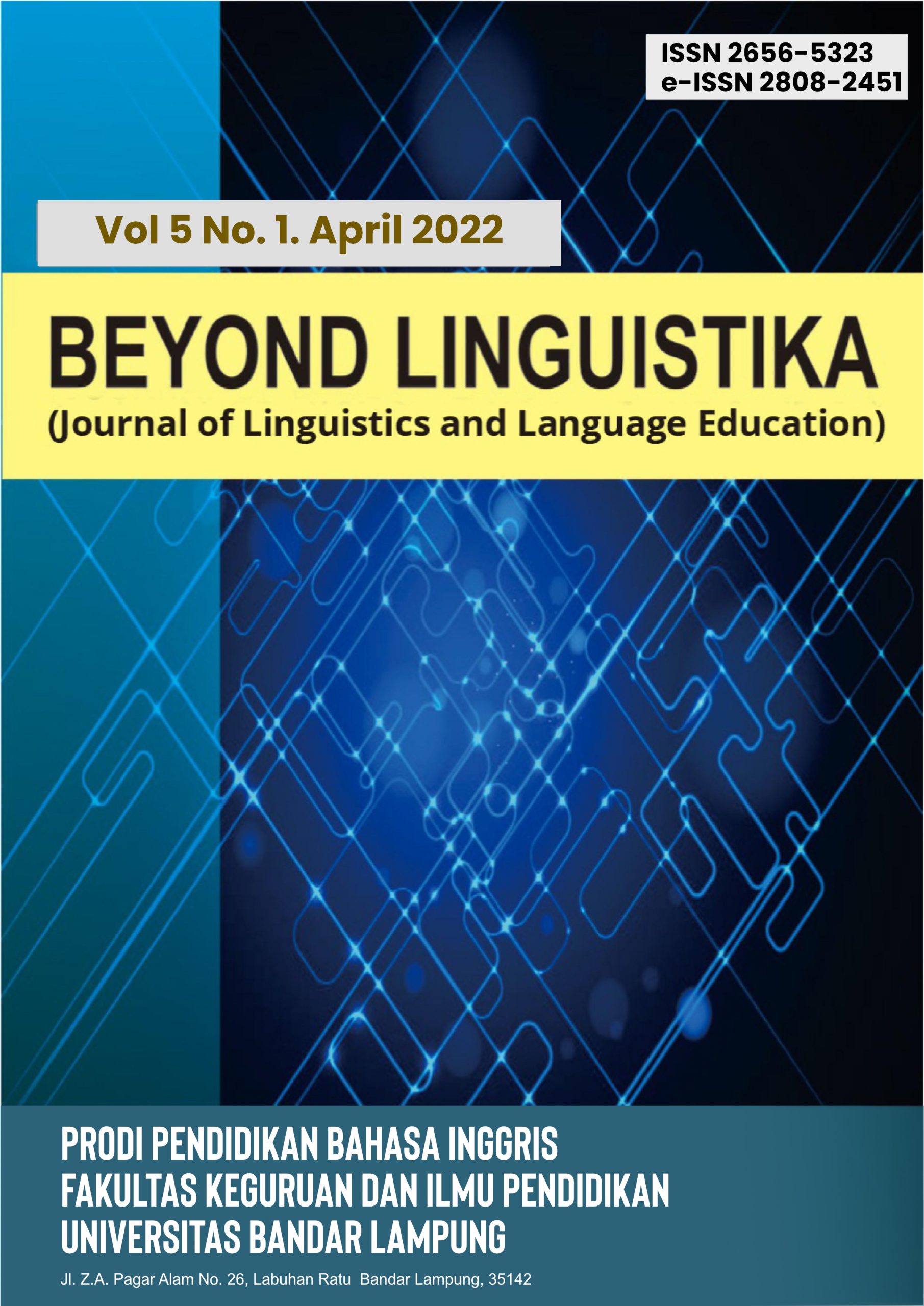SERVING TWO MASTERS: SKOPOSTHEORIE AND ETHNOLINGUISTIC TRANSLATION ORIENTATION
Abstract
The skopostheorie and ethnolinguistic translation orientation are two important concepts in the field of translation studies. The skopostheorie, first introduced by Hans J. Vermeer, focuses on the functional aspect of translation, specifically on the communicative purpose or "skopos" of a translation. This theory posits that the purpose of a translation is what determines its appropriate form and content. In other words, the skopos of a translation guides the translator in choosing the best way to convey the source text in the target language. On the other hand, ethnolinguistic orientation refers to the cultural and linguistic factors that influence a translator's decision-making process. It highlights the importance of considering the target audience's cultural background and linguistic expectations when translating a text. This orientation recognizes that translation is not just a linguistic process, but also a cultural one, and that the target audience's culture and language should play a crucial role in determining the appropriate form and content of the translation. The combination of these two theories provides a comprehensive framework for translation, as it considers both the functional and cultural aspects of the translation process. The skopostheorie ensures that the translator has a clear understanding of the communicative purpose of the translation, while the ethnolinguistic orientation ensures that the translation takes into account the cultural and linguistic expectations of the target audience. In conclusion, the skopostheorie and ehnolinguistic translation orientation are essential concepts for translators, as they provide a comprehensive framework for understanding the translation process. By considering both the functional and cultural aspects of translation, translators can ensure that their work is both effective and culturally sensitive, and that the target audience can understand and appreciate the translated text.
Keywords
Full Text:
PDFReferences
Hatim, Basil & Munday, Jeremy. (2004). Translation: An Advanced Resource Book. Routledge.
Newmark, P. (1988). A Textbook of Translation. Prentice Hall.
Nida, E., & Taber, P. (1971). Translation Theories and Practices. EJ Brill.
Niranjana, T. (1992). Siting Translation: History, Post-Structuralism and the Colonial Context. University of California Press.
Nord, Christiane (1988). Text Analysis in Translation: Theory, Methodology, and Didactic Application of a Model for Translation-Oriented Text Analysis. Translated by Christiane Nord and Penelope Sparrow. 2nd edition. Rodopi.
Nord, Christiane. (1997). Translating as a Purposeful Activity: Functionalist Approaches Explained. St. Jerome.
Ottenheimer, HJ (2009). The Anthropology of Language: An Introduction to Linguistic Anthropology (Second Edition). Wadsworth. pp. 22–23
PACTE (2003). “Building a Translation Competence Model”. In F. Alves, Triangulating translation: perspectives in process-oriented research (pp. 43-66). John Benjamins.
Reiss, Katharina. (2004). 'Type, kind and individuality of text: Decision making in translation'. Translated by Susan Kitron in Lawrence Venuti (ed.). The Translation Studies Reader. 2nd edition. Routledge.
Reiss, Katharina & Vermeer, Hans (2013). Towards a General Theory of Translational Action: Skopos Theory Explained. Translated by Christiane Nord. Manchester: St. Jerome.
Ricoeur, P. (2004). On Translation. Routledge.
Vermeer, Hans (2012). 'Skopos and commission in translational action' in Venuti (ed). The Translation Studies Reader. 3rd edition. Routledge.
Vinay, JP & Darbelnet, J. (1995). Comparative stylistics of French and English. A methodology for translation. (JC Sager & MJ Hamel, Trans.). John Benjamins
DOI: http://dx.doi.org/10.36448/bl.v6i1.3321
Refbacks
- There are currently no refbacks.















